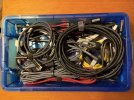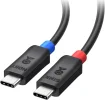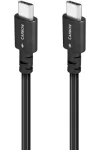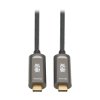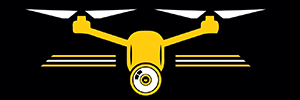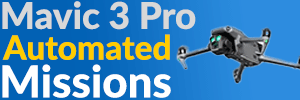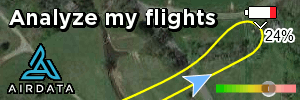So I've had it a few weeks already and am really pleased so far.
One weird thing that I noticed which I now can't replicate is that the first series of test shots (both video and photo, all sorts of quality and settings (jpg, raw, dlog, normal, dlog+ or whatever) transferred at an amazing rate on the first set. Something like 700+mb per second. I was also using the thicker USB C cable that came with the drone. I transferred about 10gb of data at that speed that first time. I was so impressed that I thought that it must be something about the newer drone that made it better? (better USB cable provided, better storage speed, etc.)
Since that first time, I have not seen anything remotely near those numbers, using the exact same equipment, the same way. I'm not getting more like I was getting on my Mavic 3 Cine, around 50mb per second).
The only thing that changed from the first transfer and subsequent ones was there was a firmware update that came out.
Anyway, not sure if that first time was a fluke or something, but I can't figure out if there's something else that I'm not looking into to get it to transfer that fast again. Curious what everyone else is getting with their internal storage being transferred via USB C to an external device.
One weird thing that I noticed which I now can't replicate is that the first series of test shots (both video and photo, all sorts of quality and settings (jpg, raw, dlog, normal, dlog+ or whatever) transferred at an amazing rate on the first set. Something like 700+mb per second. I was also using the thicker USB C cable that came with the drone. I transferred about 10gb of data at that speed that first time. I was so impressed that I thought that it must be something about the newer drone that made it better? (better USB cable provided, better storage speed, etc.)
Since that first time, I have not seen anything remotely near those numbers, using the exact same equipment, the same way. I'm not getting more like I was getting on my Mavic 3 Cine, around 50mb per second).
The only thing that changed from the first transfer and subsequent ones was there was a firmware update that came out.
Anyway, not sure if that first time was a fluke or something, but I can't figure out if there's something else that I'm not looking into to get it to transfer that fast again. Curious what everyone else is getting with their internal storage being transferred via USB C to an external device.



